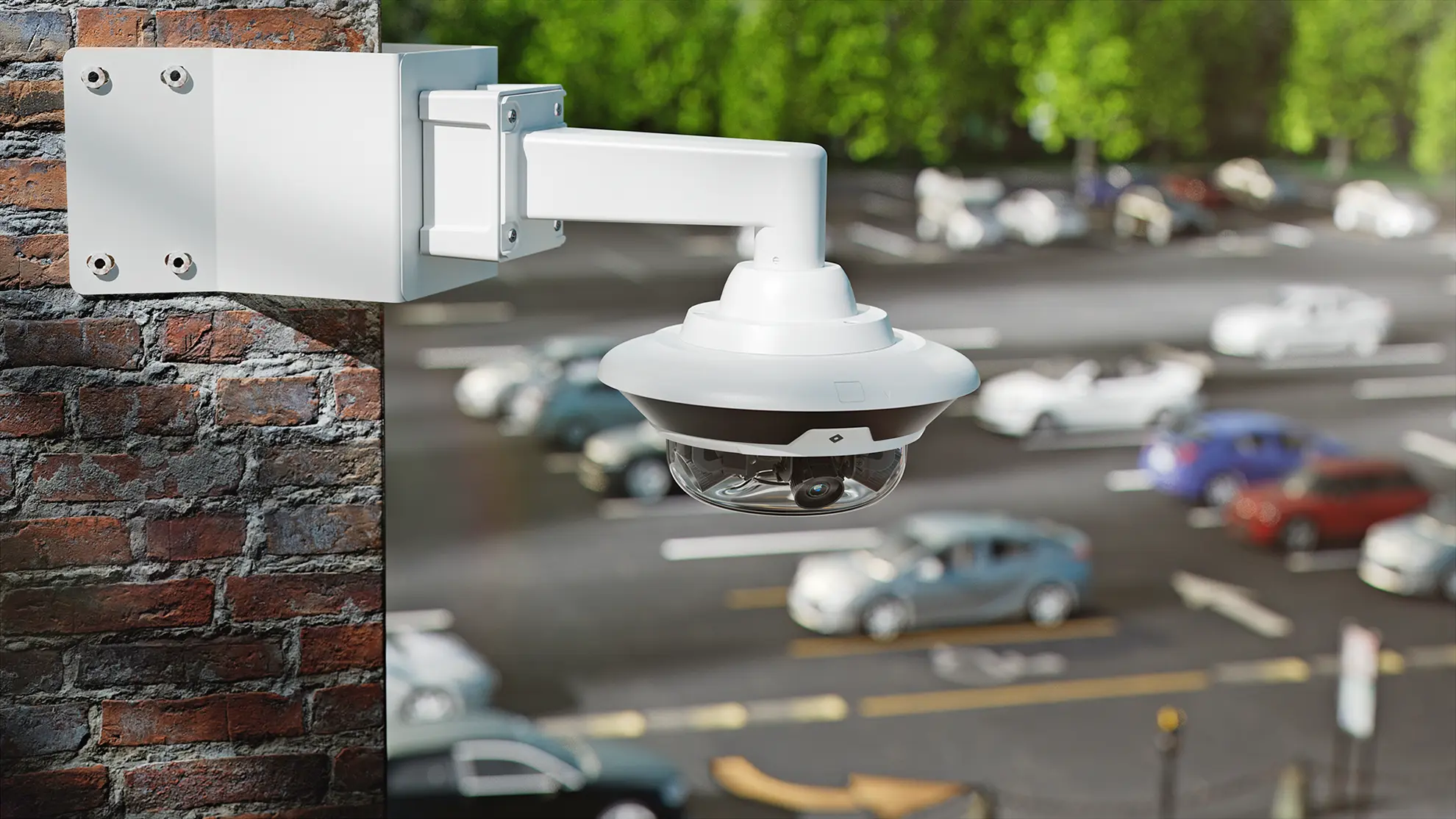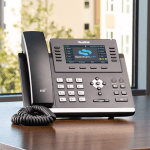Businesses in North America use the most surveillance systems in the world. Odds are, you’ve invested in security cameras for your business, too. You’ve installed a system. You assume you’re protected. And you might be. But if your cameras aren’t positioned right, you might have just given thieves the perfect hiding spot.
Break-ins, vandalism, and internal theft are more common than most business owners think in blind spots, unmonitored corners, poorly lit entryways, and neglected alleys. Keep reading to ensure your security camera setup is optimal.
Key Takeaways
- Blind spots can render even high-end surveillance equipment ineffective.
- Camera placement matters just as much as camera quality.
- Exterior and interior areas require different positioning strategies.
- Optimizing coverage helps prevent theft, reduce liability, and support investigations.
- Booking a professional AI camera demo can uncover vulnerabilities you didn’t know you had.
Why Most Camera Systems for Business Fail at the Basics
Surprisingly, many businesses install cameras without conducting a proper risk assessment. The result? Overlapping views in low-risk areas and zero visibility in critical zones.
Here are the most common errors we see:
- Mounting cameras too high to capture facial detail
- Failing to cover blind corners or entrances not used by the public
- Not accounting for lighting changes (like glare during the day or pitch-black areas at night)
- Overlooking internal theft zones, like storage rooms or behind counters
In most cases, covering your corners isn’t about having more cameras. It’s about placing the right cameras in the right places.
Strategic Tips for Smarter Camera Installation
Ready to improve your camera coverage? Start with these practical, high-impact tips.
1. Map Your Premises First
Before you even think about mounting a camera, do a walkthrough. Create a detailed floor plan and highlight:
- All entry/exit points
- Hallways and stairwells
- Cash registers, safes, and inventory areas
- Parking lots and loading docks
- Any previous theft or incident zones
Use this map to identify areas where visibility is needed the most and where your current coverage falls short.
2. Position Cameras at Eye Level Where Possible
While ceiling-mounted dome cameras are great for wide surveillance, you’ll want at least some cameras placed at or near eye level. Why?
- Better facial recognition
- Improved detail in recordings
- Easier deterrence (visible cameras reduce criminal activity)
Pro tip: Combine high-mount wide-angle views with low-mount detail views in key areas.
3. Cover All Entrances
Back doors, employee entrances, and emergency exits are prime targets for unauthorized access. Yet, these are the most commonly overlooked in camera installation.
Use weatherproof cameras with night vision outdoors, and make sure entrances are well-lit to support video clarity.
4. Avoid Obstructions
Plants, signs, shelves, or even seasonal decorations can block a camera’s view. As you position cameras, double-check lines of sight and anticipate how the environment changes throughout the year.
Install cameras with adjustable mounts so you can fine-tune the angle as needed.
5. Mind the Light
Extreme lighting conditions can make surveillance equipment struggle. Windows can cause glare, and dark corners can hide suspicious activity.
Use cameras with Wide Dynamic Range (WDR) to handle high-contrast scenes, and consider adding motion-triggered lighting in dim areas.
Don’t Forget the Inside
Theft isn’t always from the outside. Interior cameras are critical for:
- Monitoring point-of-sale systems
- Preventing employee misconduct
- Resolving customer disputes
- Tracking supply chain or inventory movements
Position cameras discreetly in high-traffic areas, break rooms, and around safes or locked storage. Follow privacy laws and clearly disclose camera usage to your team.
How AI and Smart Surveillance Take It to the Next Level
Today’s advanced business camera systems can analyze the footage. AI-powered surveillance equipment can:
- Detect and alert you to unusual behavior in real-time
- Recognize license plates and faces
- Monitor crowd density
- Trigger alerts for motion in restricted zones
SpectrumVoIP’s AI camera solutions combine intelligent analytics with crystal-clear footage and mobile access, so you always know what’s happening, even when you’re not on site.
See What Your Current Cameras Are Missing
Poor placement is the #1 reason camera systems fail when you need them most. Don’t let blind spots become the weakest link in your security strategy.
Take the time to optimize your camera layout, ensure every vulnerable point is covered, and choose surveillance equipment that goes beyond “just recording.”
Want to spot your security blind spots before someone else does? Our experts will walk through your layout (virtually or in-person), identify gaps in coverage, and show you how AI-powered camera systems can help protect your business from the inside out. Book a free AI camera demo with SpectrumVoIP today.



